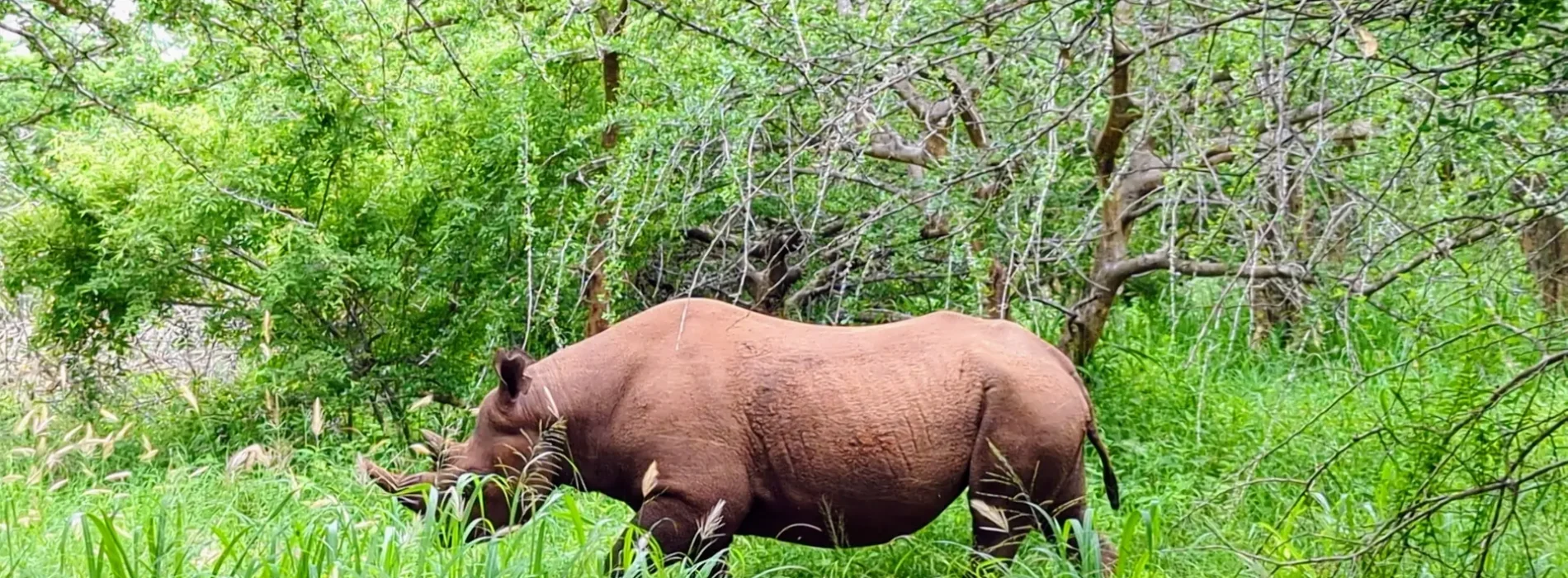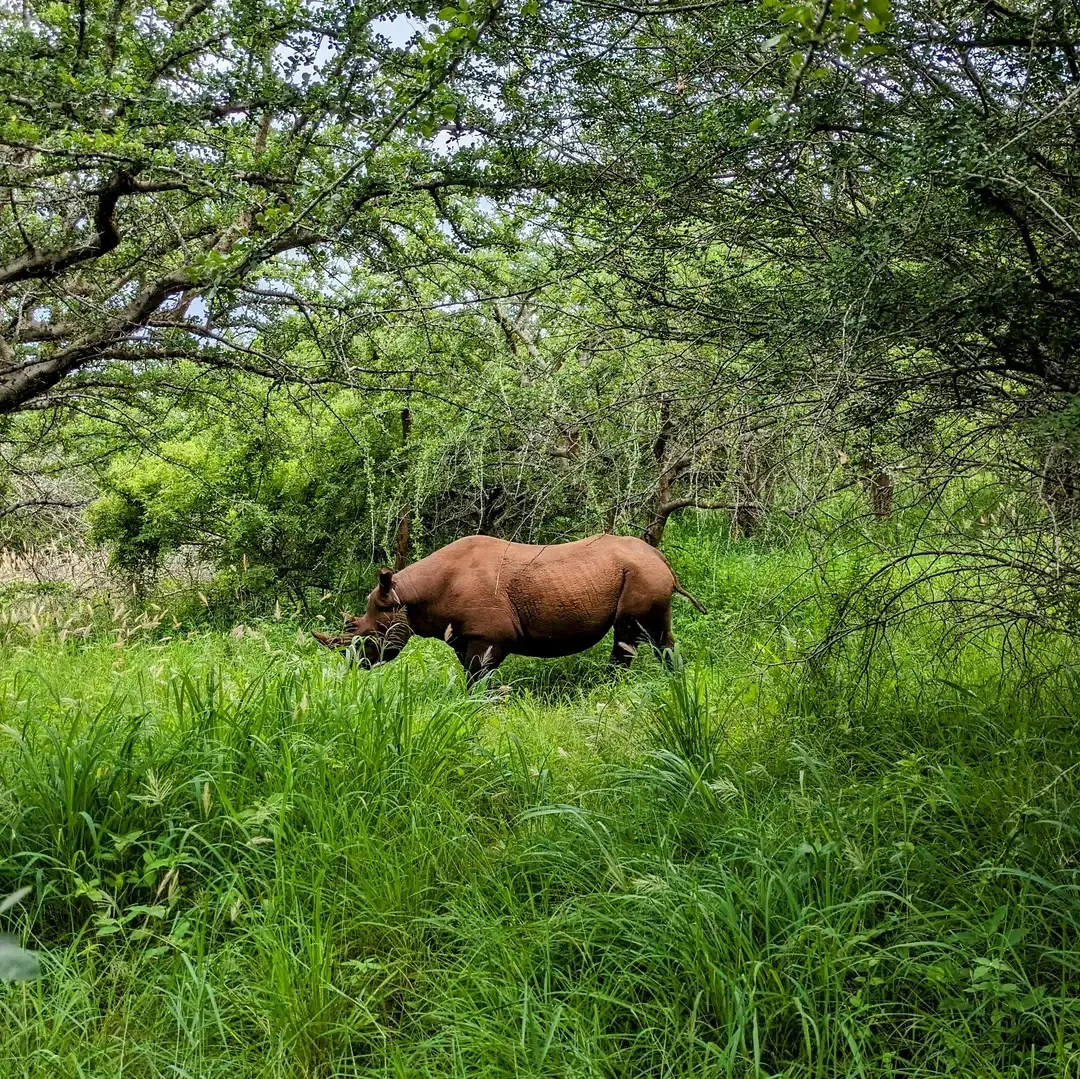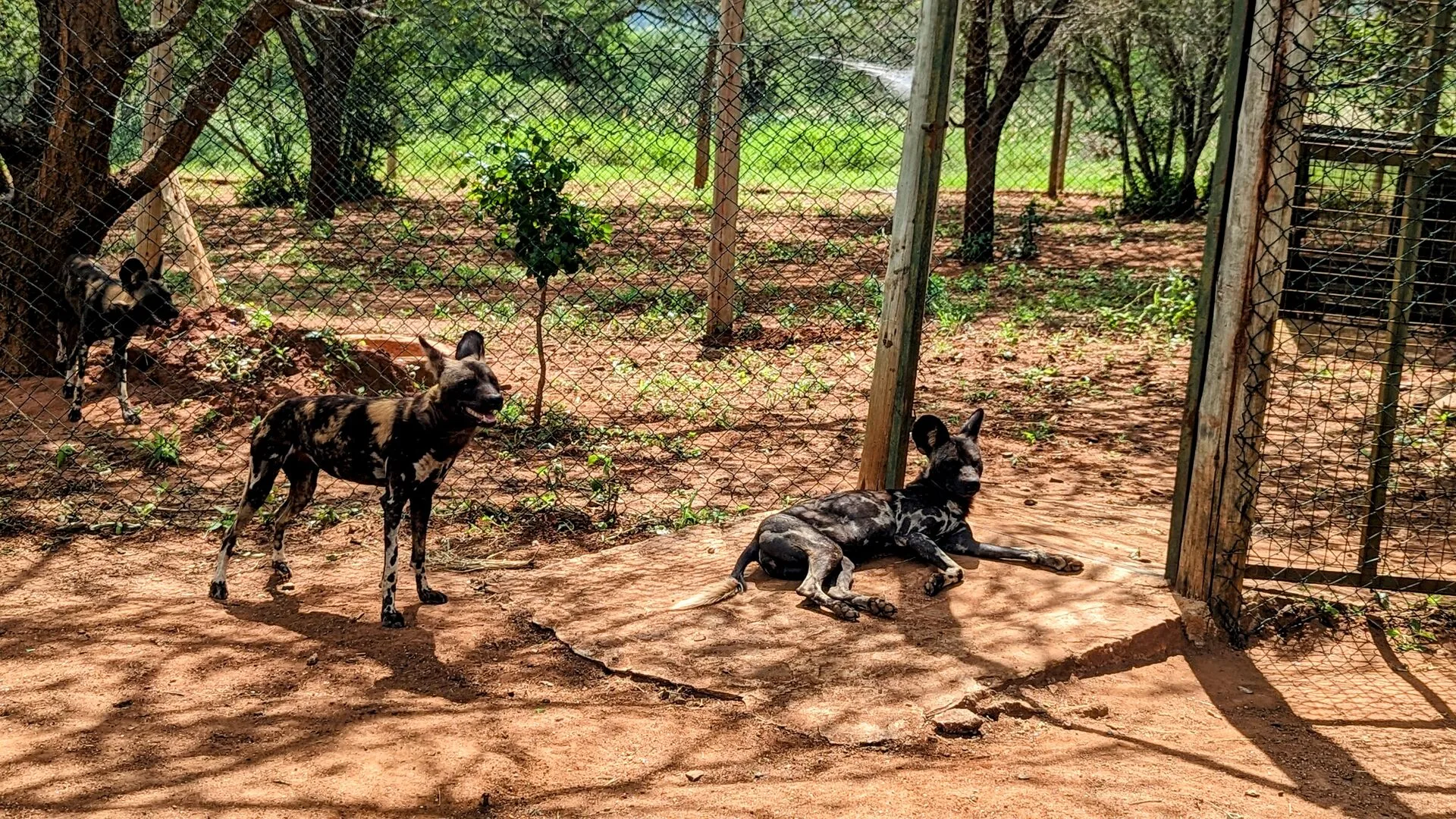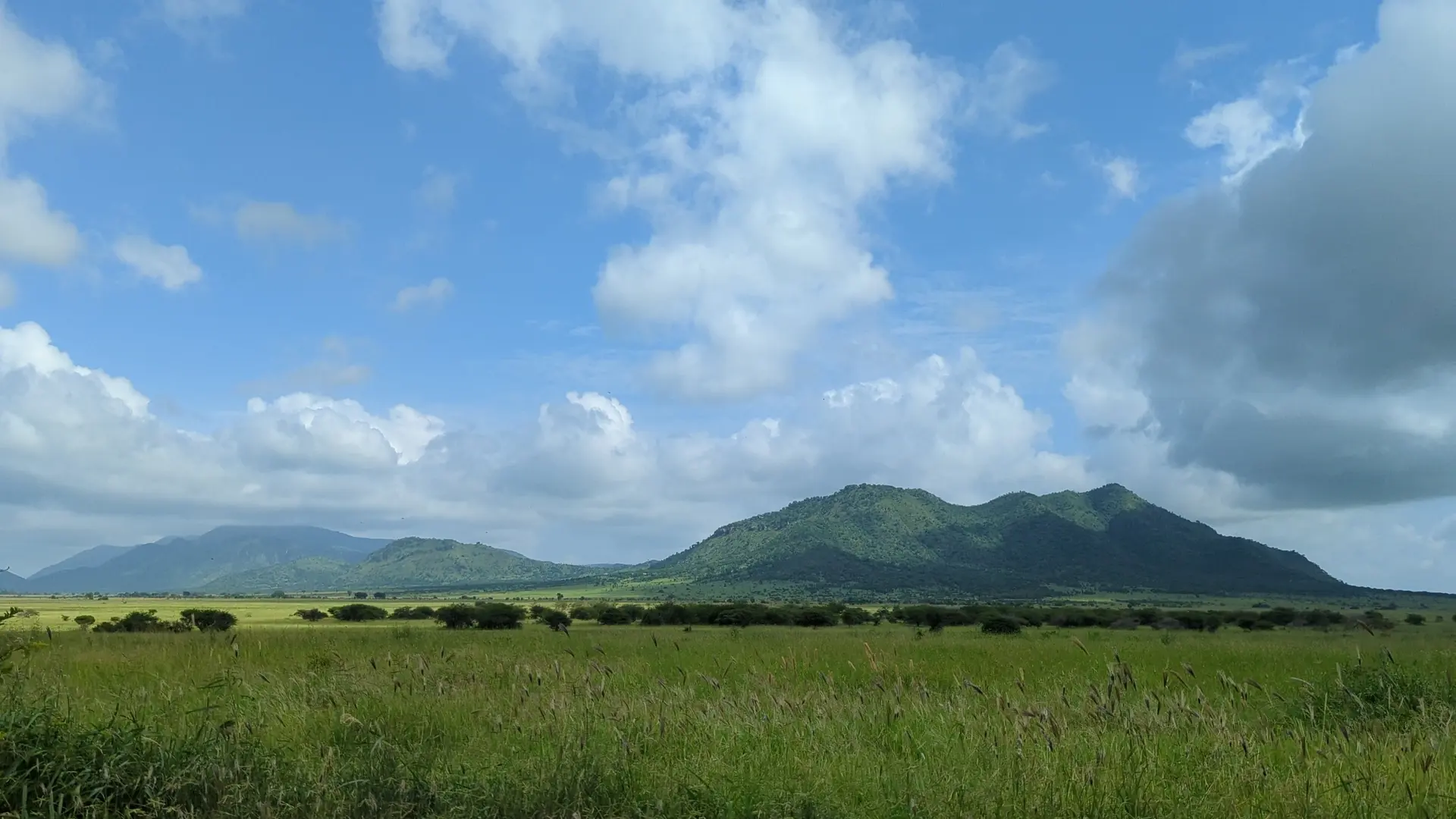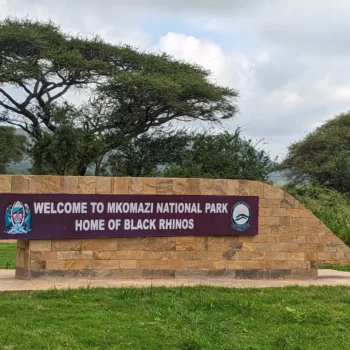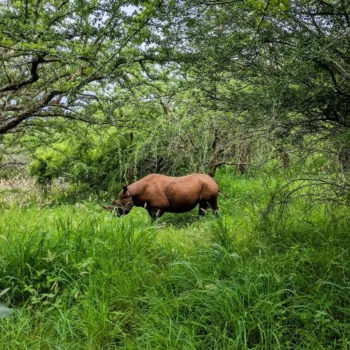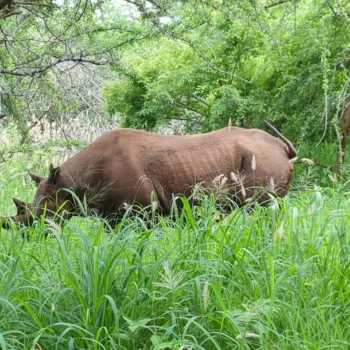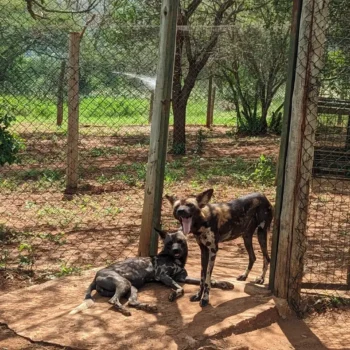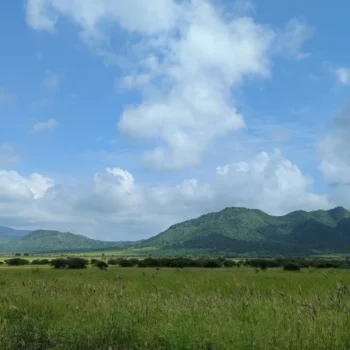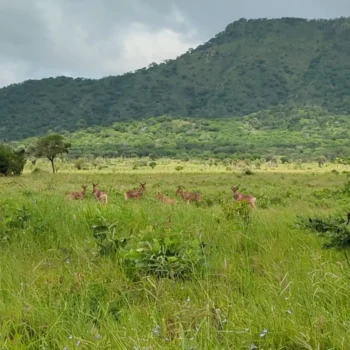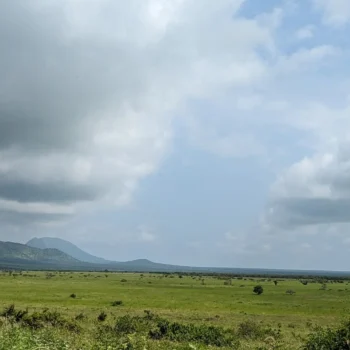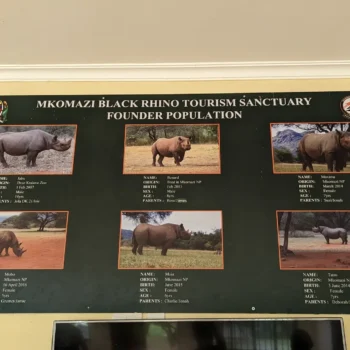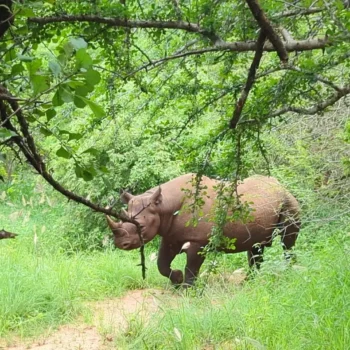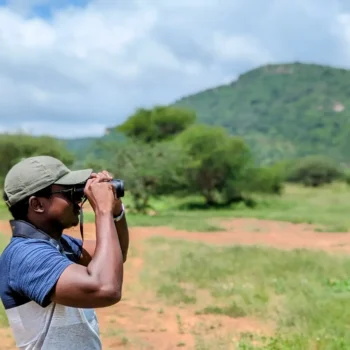Mkomazi National Park
Mkomazi National Park sits in a beautiful spot, with the grand Pare and Usambara mountains all around it. When the sky is clear, you can even see Mount Kilimanjaro in the distance. To the north, the park connects with Kenya’s Tsavo National Park. Together, they form a huge safe zone that draws herds of elephants, oryx, and zebras during wet months. In fact, Mkomazi and Tsavo together make up one of the largest protected areas on Earth.
The park looks much like a desert since it marks the southern end of the Sahel zone. Interestingly, the name “Mkomazi” comes from the Pare people’s language. It combines “Mko” (a small wooden eating spoon) and “Mazi” (water). This name hints that water here is so scarce that it wouldn’t even fill a tiny spoon. Because of this, during dry spells, park staff must pour water into ponds throughout the park. This helps keep the animals hydrated when natural water is hard to find.
Moreover, Mkomazi National Park is home to the black rhinoceros, which is truly special. These endangered animals, part of the Big Five, have clever ways to handle the hot, dry land. For instance, they graze in cooler hours and rest in shade when the sun beats down. Additionally, they enjoy mud baths when not eating plants. To protect these rare creatures, the park has set up a special area with guards watching over them day and night.
Furthermore, African wild dogs are another amazing sight in Mkomazi. These unusual dogs stand out with their long legs and four-toed feet, which set them apart from other dog types. They live in close family groups and talk to each other through touch, actions, and sounds. Therefore, seeing so many of these fascinating animals is a rare treat that visitors to Mkomazi can enjoy.
Besides rhinos and wild dogs, Mkomazi teems with 450 different animal species. During an exciting game drive, you might spot colorful go-away birds and tall ostriches. Additionally, the park has many doves, weavers, and guinea fowl, which add to the rich mix of wildlife in this special place.
Mkomazi National Park, known for its many animals including the Big Five, lies within the Mkomazi-Tsavo ecosystem. After the Serengeti-Mara, this is the second-largest cross-border ecosystem in East Africa.
Interesting Facts About Mkomazi National Park
- Each black rhino in Mkomazi has its name and can be identified by ear notches or natural marks.
- The park houses over 450 bird species and is the only place in Tanzania where you can see the stunning vulturine guinea fowl.
- The name “Mkomazi” comes from the Pare language words “Mko” (small wooden spoon) and “Mazi” (water), suggesting water here is so scarce it wouldn’t fill a tiny spoon.
How to Get There
You can reach the park by road or air. By road, it’s about 120km from Moshi, Kilimanjaro, or roughly 500km from Dar es Salaam. Once you reach Same, the nearest entry gate is just 8km away. Alternatively, with advance planning, you can also enter through Njiro, Kivingo, and Umba gates. If you prefer flying, chartered flights can take you to Kisima airstrip in the middle of the park, close to the rhino sanctuary.
